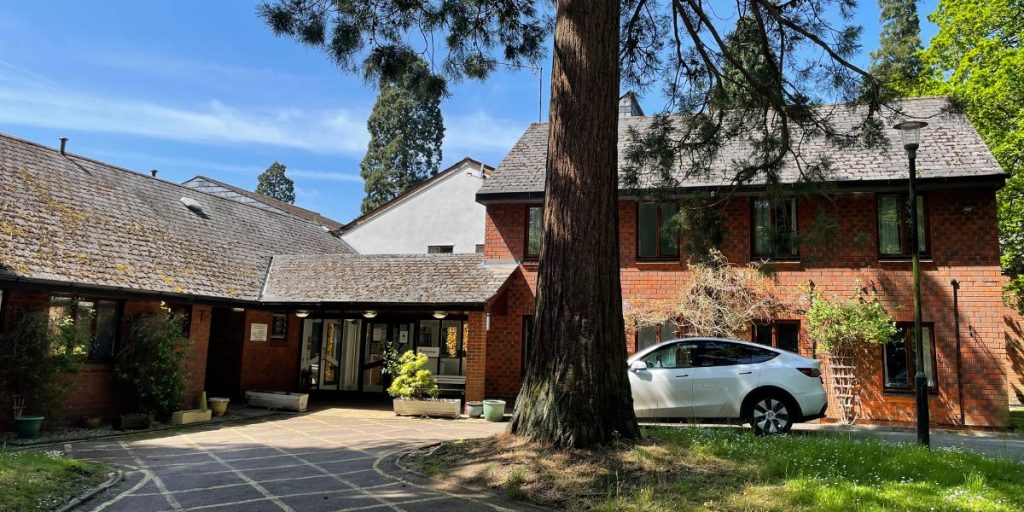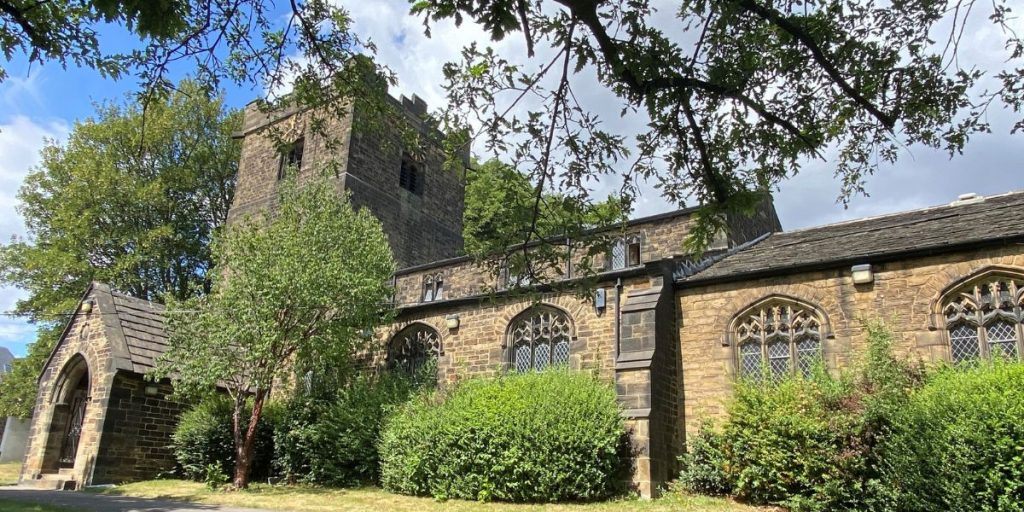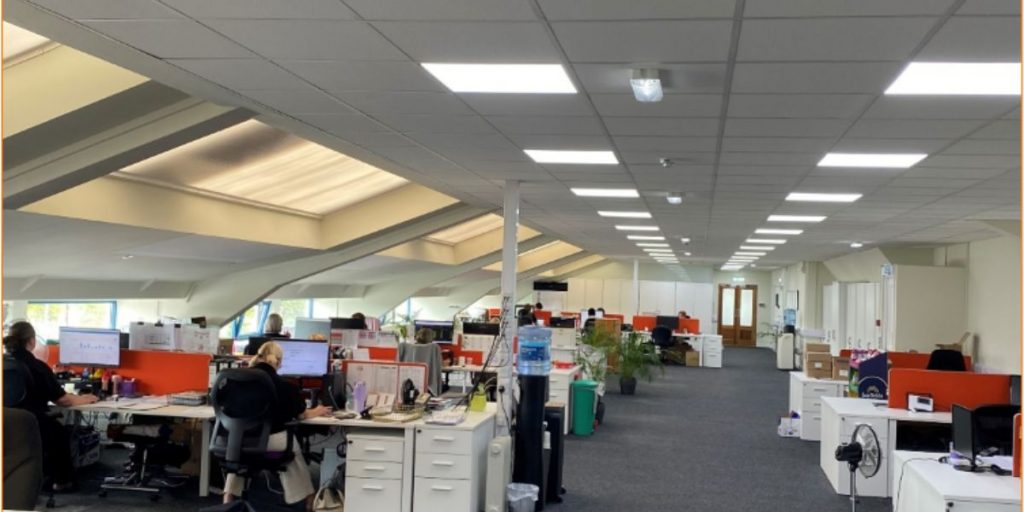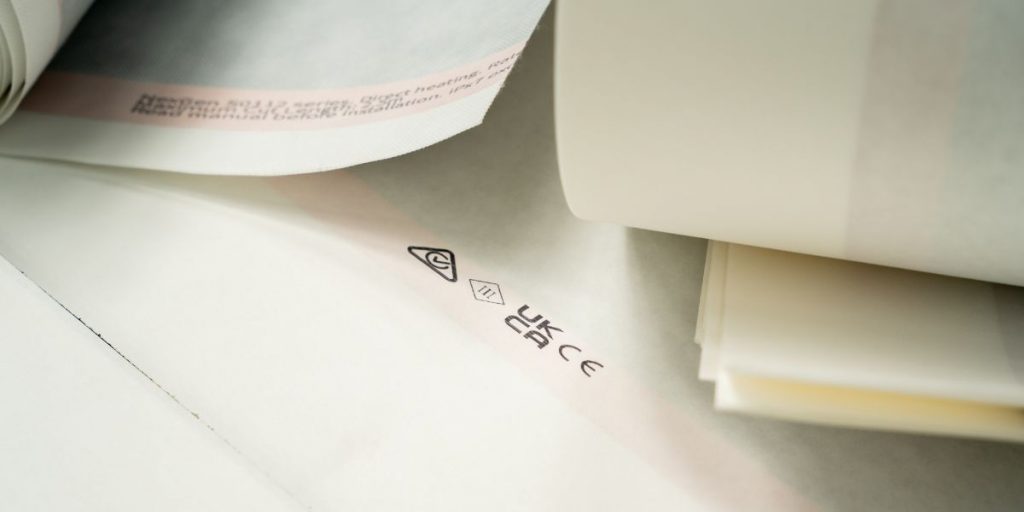Damp & Mould, 2 Bedroom tenement flat, Glasgow Scotland
Project Name
- Client: West of Scotland Housing Association
- Date: Autumn 2024
- Category: Damp and Mould, Social Housing
Pre-installation Findings
Detailed findings based on convection air temperature sensor measurements:
Tenant Situation:
Tenants could no longer live in the property due to damp and mould conditions.
Issue:
Hard to heat property with no insulation and single glazed windows.
Current Heating:
The client was using a gas boiler
Heat dissipation:
Tenants commented on it being difficult to retain any heat and measurements were 3-4 air changes per hour in every room.
Project Facts
Sandstone walls
Over occupied two bedroom tenement flat
Severe damp and mould
Wall moisture at 35%
Single glaze windows with limited insulation
3-4 air changes per hour
Net Result
5 days
Time taken for NexGen Infrared Heating to reduce the wall moisture from 35% to 5%
2 months
Average time for traditional heating systems to dry out properties to a safe moisture level
Remedial works can be started after 5 days with NexGen



Post-NexGen Installation findings (no additional fabric measures)
Detailed findings based on third party analysis by Sureserve Asset Services:
NexGen Solution: Infrared Ceiling Paper
Moisture Reduction: Within 5 days, NexGen reduced wall moisture saturation from 35% to 5%.
Temperature Maintenance: Consistent heat of 23°C with minimal deviation during test.
Reduced Thermal Bridging: Glass temperature increased above internal air temp.
Temperature Decline: Once NexGen & comparable Gas property were turned off after 5 days it took NexGen 31 hours to revert from 23°C to 18°C and 61 hours to revert to an ambient 11°C. Gas took 2 hours from 23°C to 11°C with 3-4 air changes per hour.
Stabilised Humidity: Humidity now stable under 60%.
Energy Efficiency: NexGen creates thermal mass storage in building fabric, reducing losses and leading to lower energy usage.






